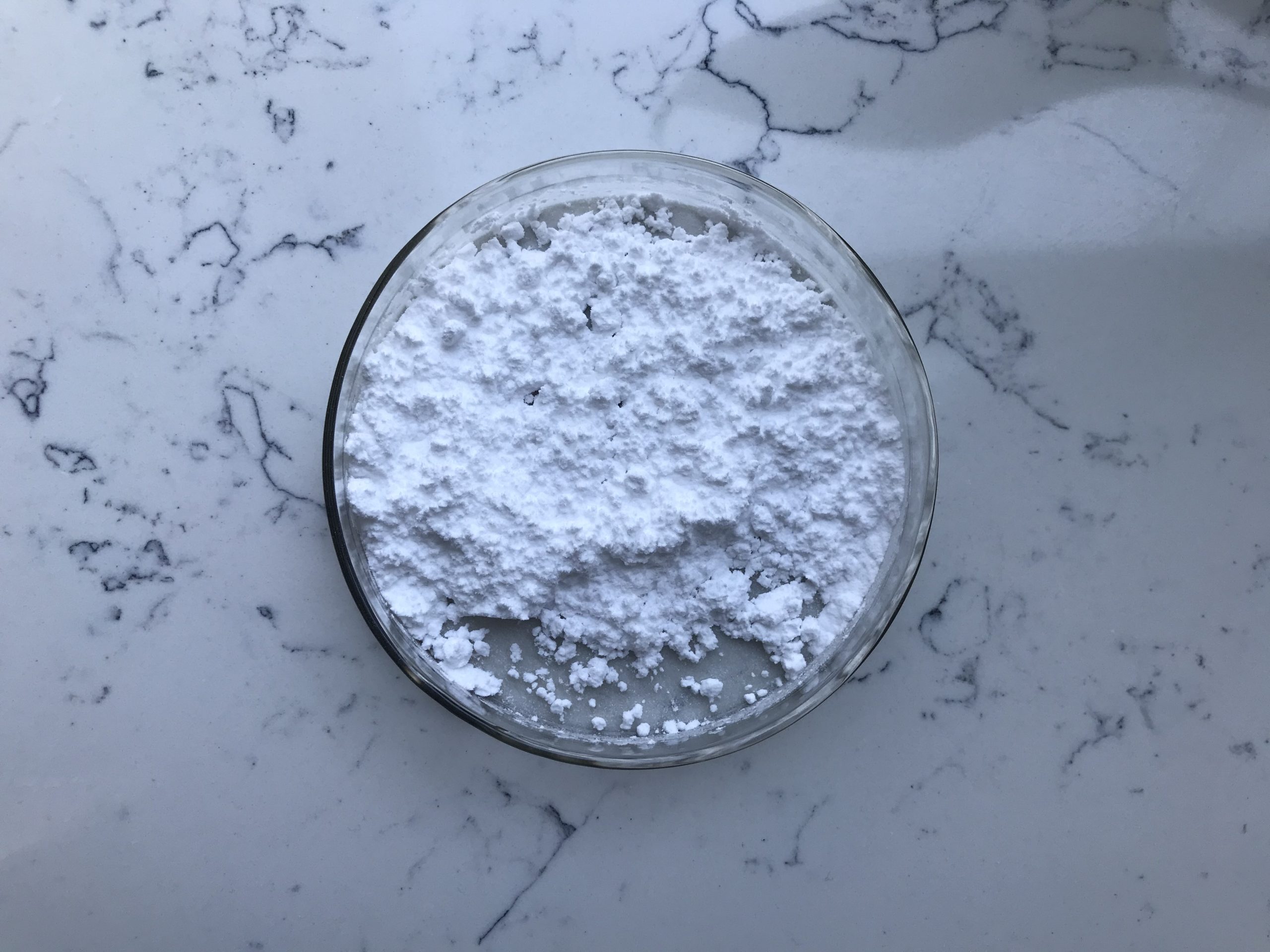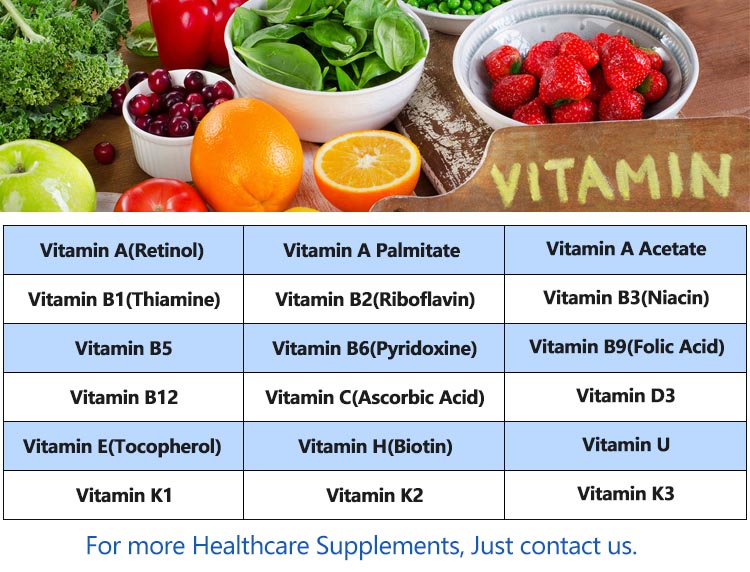It appears that you are interested in the materials and methods related to the use of biotin. Biotin is a water-soluble B-vitamin, also known as vitamin B7 or vitamin H. It plays a crucial role in various metabolic processes in the body and is commonly used in research, diagnostics, and as a dietary supplement. Below, I’ll provide a general outline of the materials and methods commonly associated with the use of biotin.

Materials of Biotin:
1.Biotin: Biotin is the primary material of interest. It can be obtained commercially in pure form.
2.Solvents: Depending on the application, you might need solvents to dissolve biotin for various experiments or applications.
3.Buffers and Reagents: Various buffers and reagents might be required for specific assays or experiments involving biotin.
4.Lab Equipment: Standard laboratory equipment such as pipettes, centrifuges, spectrophotometers, and microscopes may be used depending on the experimental setup.
Methods of Biotin:
The methods for using biotin can vary widely based on the specific application. Here are a few common methods:
1.Biotinylation of Molecules:
- Biotin can be conjugated to molecules such as antibodies, nucleic acids, or proteins to facilitate their detection or purification.
- The biotinylation process involves chemical or enzymatic methods to attach biotin molecules to specific functional groups on the target molecule.
2.Streptavidin-Biotin Interaction:
- Biotin has a strong and specific binding interaction with streptavidin, a protein derived from Streptomyces bacteria.
- This interaction is widely used in various techniques such as Western blotting, enzyme-linked immunosorbent assays (ELISA), and immunohistochemistry (IHC) to detect or isolate biotinylated molecules.
3.Biotin Supplementation Studies:
- In nutritional or dietary studies, biotin can be added to culture media or animal diets to investigate its effects on metabolism, gene expression, or other physiological processes.
4.Biotin Detection and Quantification:
- Biotinylated molecules can be detected using labeled streptavidin or avidin, which bind to biotin with high affinity. These labels can be enzymes, fluorophores, or other markers.
- Biotin can be quantified using colorimetric, fluorometric, or luminescent assays.

5.Biotinylated Probes in Microscopy:
- Biotinylated antibodies or molecules can be used as probes in microscopy techniques like immunofluorescence, where they specifically bind to target molecules in cells or tissues.
6.Biotin-Avidin Affinity Chromatography:
- Biotinylated molecules can be immobilized on an avidin-coated solid support, allowing for purification or isolation of biotinylated targets.
7.Biotinylated Nucleotide Analogs in Molecular Biology:
- Biotinylated nucleotides can be incorporated into DNA or RNA during synthesis, enabling subsequent detection or isolation using streptavidin-based methods.
It’s important to note that the methods and protocols can vary depending on the specific experiment or application you have in mind. Always refer to established literature or protocols relevant to your specific use of biotin.
